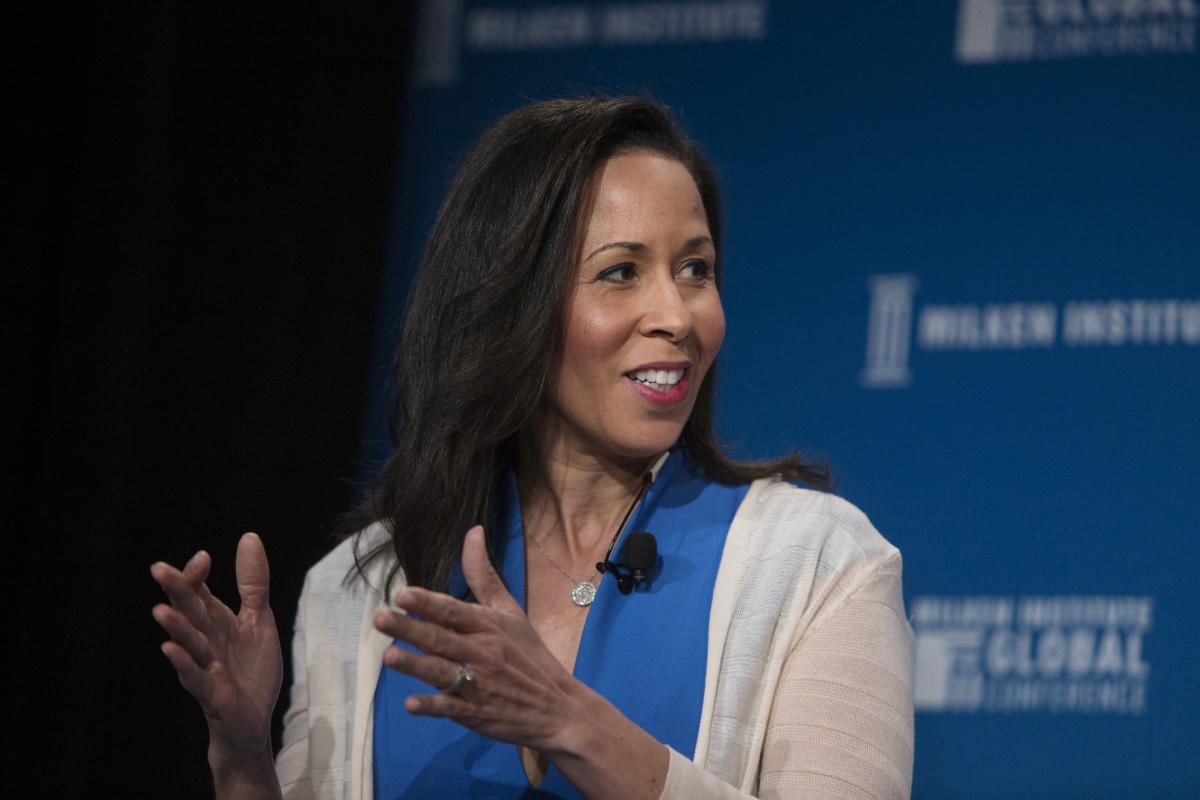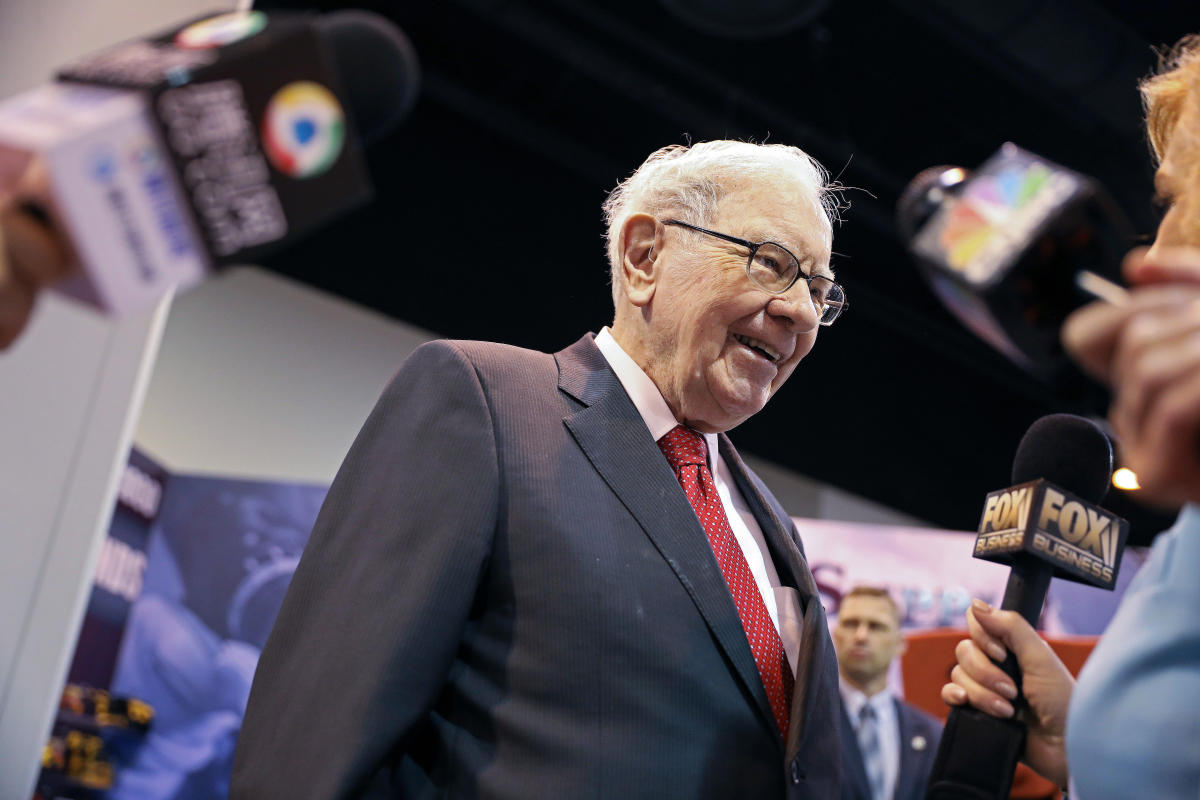(Bloomberg) — As Federal Reserve officials near the end of their tightening campaign, the debate is shifting from how high interest rates need to be to how long they should stay high.
Most Read from Bloomberg
Inflation pressures are easing, which could give policymakers room to keep interest rates at or near current levels for the time being. However, price gains remain well above the central bank’s 2% target, making policymakers reluctant to declare victory.
Advancing the discussion of how long officials might keep interest rates steady even if inflation continues to slow can help them push back expectations for rate cuts and allow them to maintain downward pressure on the economy.
She left DE Shaw & Co this year after nearly a decade as head of the investment firm’s global economics group, said Brian Sack, a former senior Fed official who previously left DE Shaw & Co. “There is still a lot of room to tighten finances in this way, if they want to.”
Fed officials unanimously raised the benchmark interest rate last month to a target range of 5.25% to 5.5%, the highest level in 22 years. The minutes from that gathering – due for release Wednesday afternoon – could provide more information on whether most policymakers believe these increases have already worked their way through the economy or whether they still expect to see more impacts.
Data optimization
Recent data suggests that inflation is moving in the direction policymakers prefer. The core consumer price index, which excludes often volatile food and energy costs, rose 0.2% in July for a second month, marking its smallest consecutive gain in more than two years. Inflation expectations for the coming year for consumers also unexpectedly eased in early August, to correspond with the lowest level in more than two years.
Policymakers are not united on what their immediate steps should be, with some like Philadelphia Fed President Patrick Harker saying officials can keep rates where they are “for a while” and others, including Fed Governor Michael Bowman, saying there is More increases needed.
Some officials play down another potential rate hike, saying the most important thing is that they plan to keep rates at restrictive levels.
“I think we’re very close to the interest rate peak,” John Williams, president of the Federal Reserve Bank of New York, told the New York Times this month. “And the question will really be — once we have a good understanding of that — how long will we need to keep the policy in a restrictive situation.”
Economists at Goldman Sachs Group, including Jan Hatzios and David Mericle, expect the Fed to start cutting interest rates by the end of June, they wrote in an Aug. 13 note.
A Bloomberg survey of 45 economists conducted July 13-18 found respondents divided on when the first cut would happen. More than a quarter see a cut in January 2024, while the group average sees the first cut at the next meeting in March, with interest rates falling to 4.75% by June 2024.
Tim Dowie, chief US economist at SGH Macro Advisors, said officials have not yet made it clear how long they plan to keep interest rates stable, in part because they haven’t figured it out themselves. It’s a question some policymakers can address when they gather at the Federal Reserve’s annual Jackson Hole symposium in Kansas City this month.
“The conversation that we’re seeing between the presidents now, between the speakers at the Federal Reserve, is going to mirror what will likely be Jackson Hole side conversations,” Doi said. “We’re moving on to the next part of this story.”
Median economic projections released in June showed that most Fed officials expected interest rates to rise by at least another quarter point, in addition to the rate hike approved in July. Forecasts also show policymakers expect to cut rates to 4.6% by the end of 2024, according to their median forecast, but it’s not clear when those cuts will begin.
Investors largely expect the Fed to hold rates steady when they meet Sept. 19-20, and see a one in three chance of a quarter-point hike in November, according to pricing in futures markets.
Officials are reluctant to limit their options until inflation data shows that price pressures are definitely easing. Reports reflecting stable jobs and strong economic growth have reduced the odds of a recession, but also threaten to accelerate price growth.
“I don’t think Powell is ready to completely close the door on that latest hike,” said Elaine Meade, a Duke University economics professor and former senior member of the Federal Reserve.
However, officials have begun to discuss informally how long they will hold prices high until they can begin to discuss the trade-offs they will need to factor in. Once the committee agrees they’re done hiking, she said, Powell will work with officials on the language that will eventually make its way into the policy statement.
“They need to have those conversations today so they’ll be ready when they get to tomorrow,” Mead said. “They always anticipate what the next thing on their agenda might be.”
–Help from Reade Pickert.
Most Read by Bloomberg Businessweek
© 2023 Bloomberg LP



